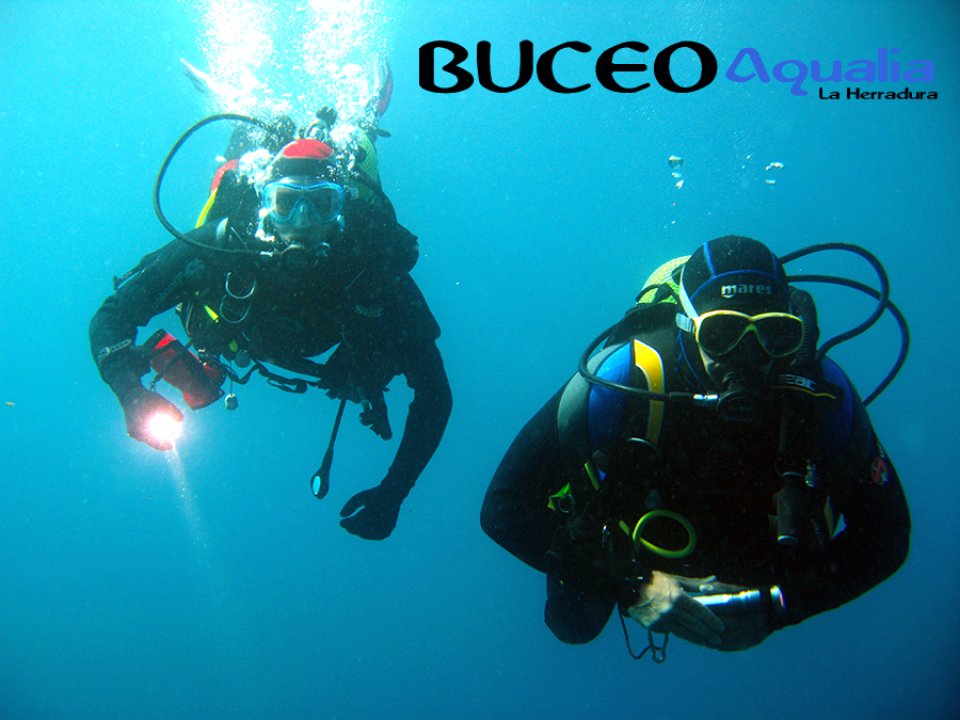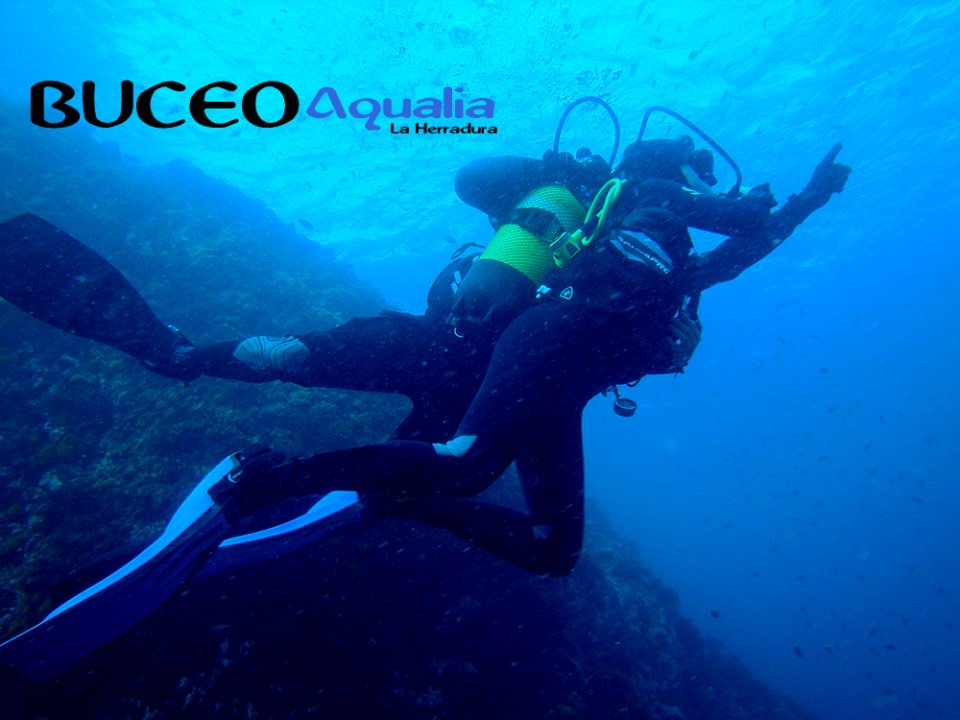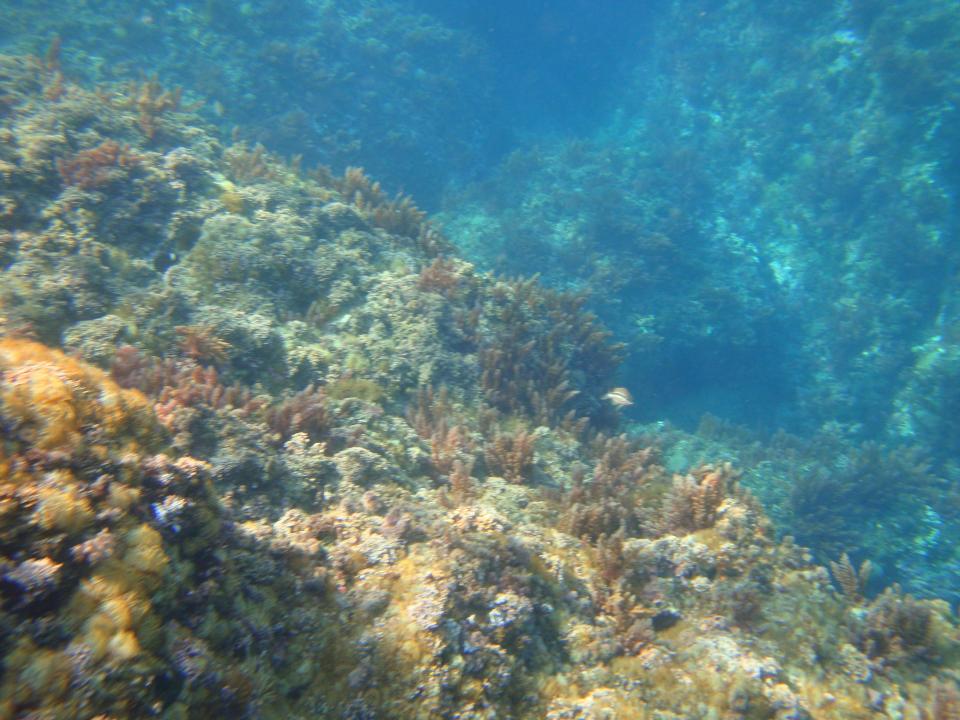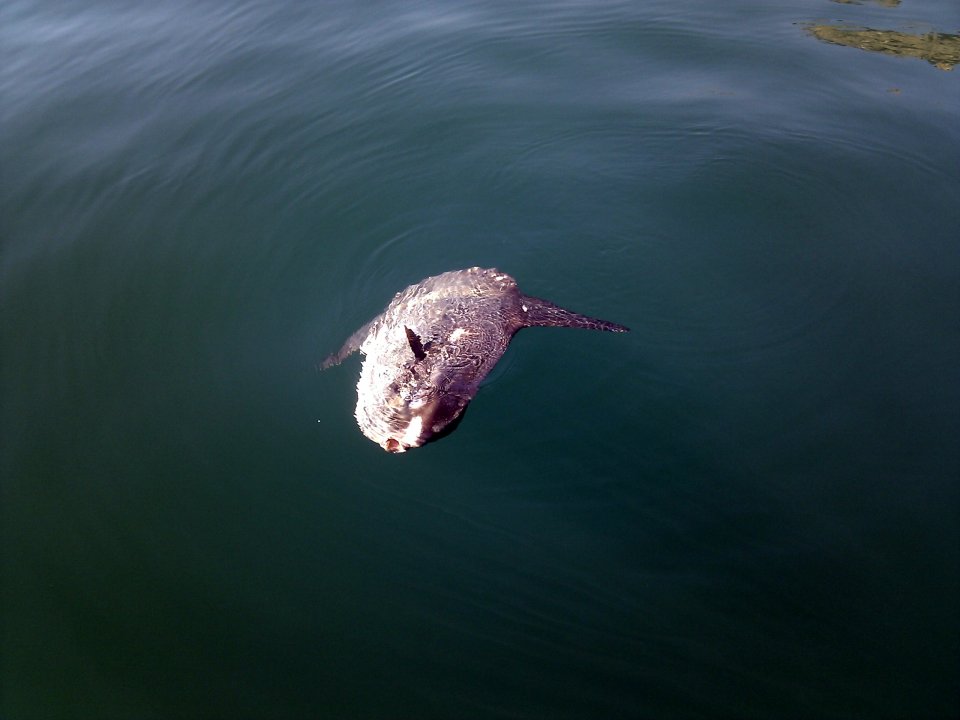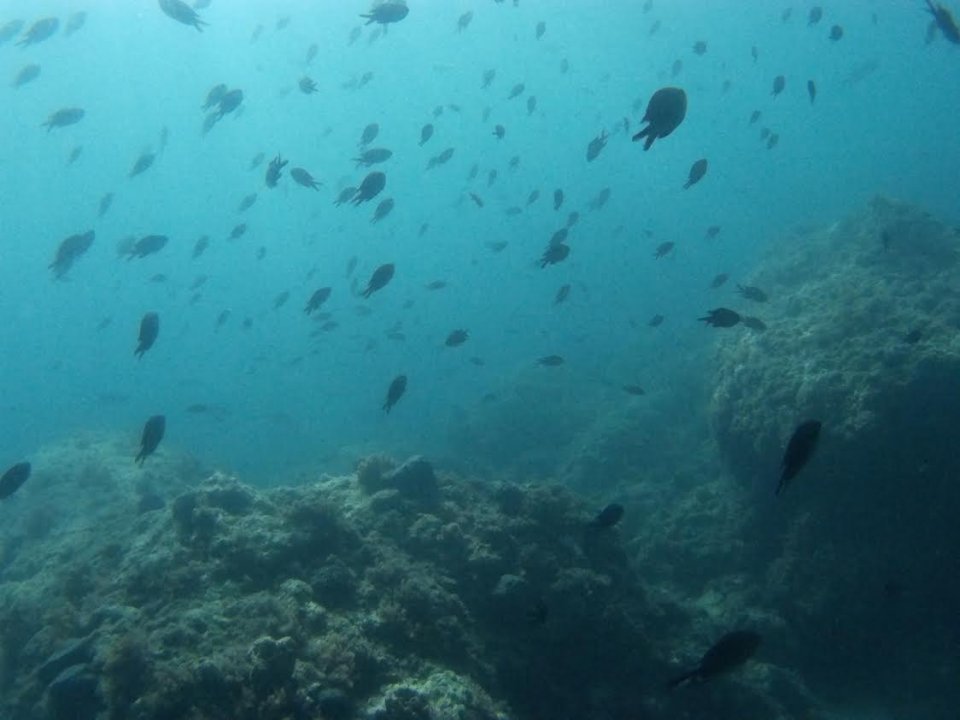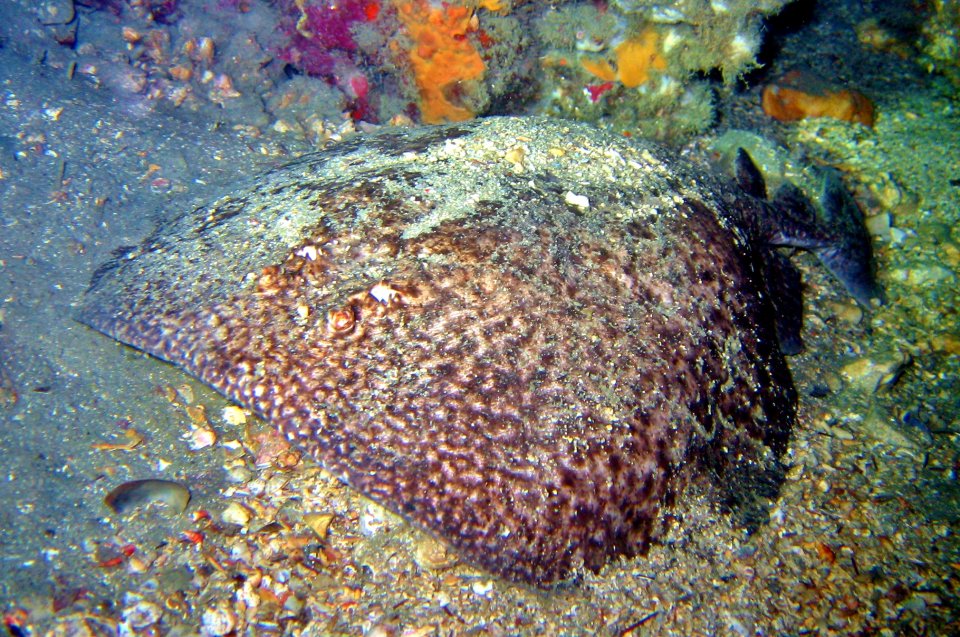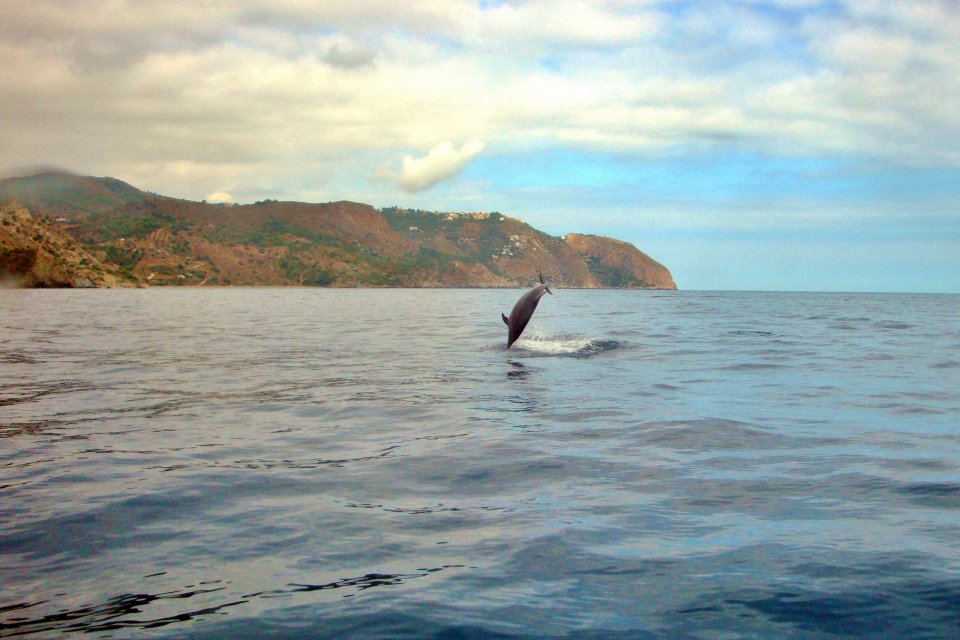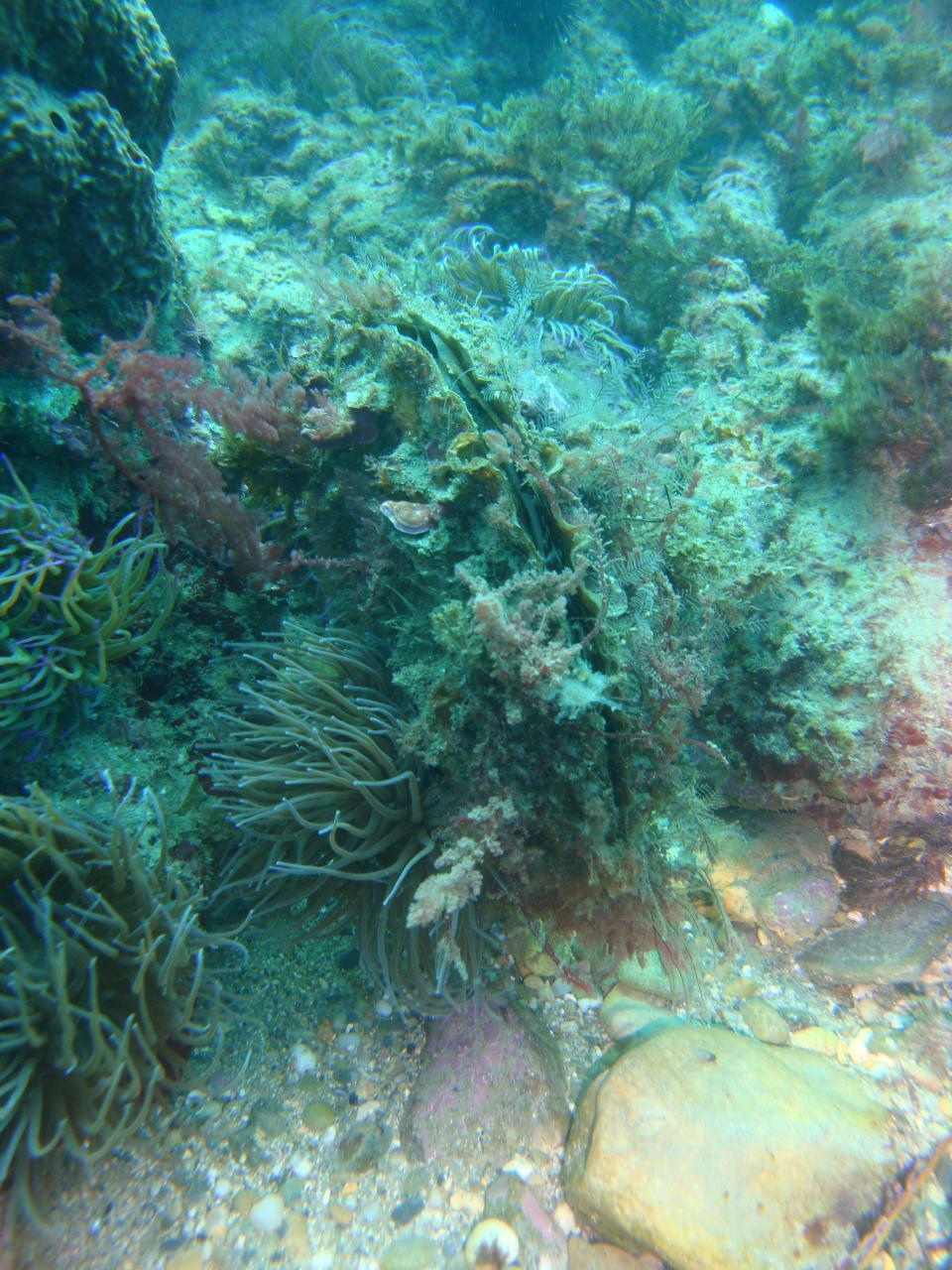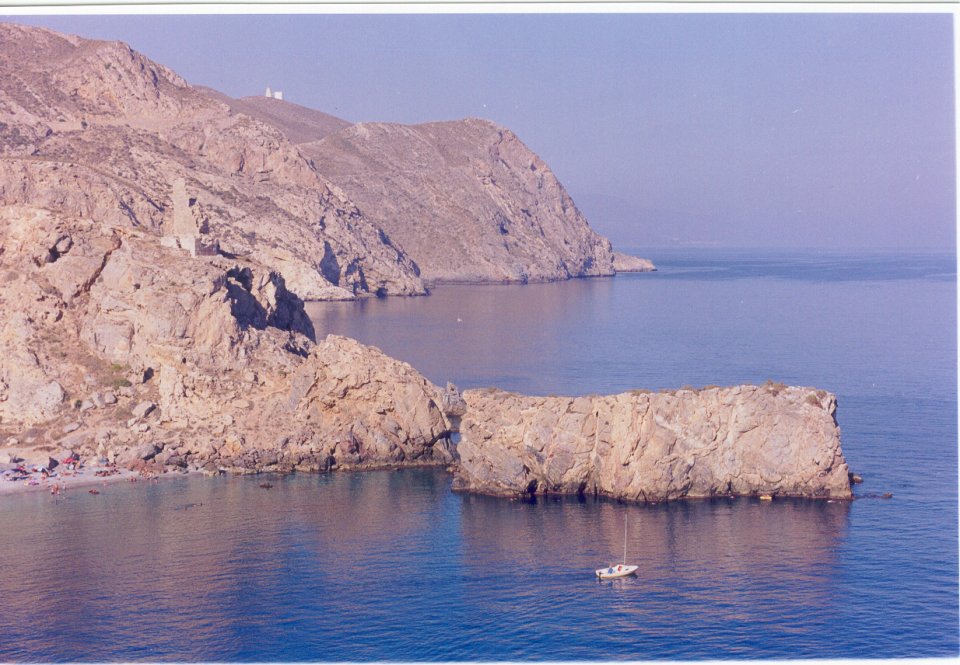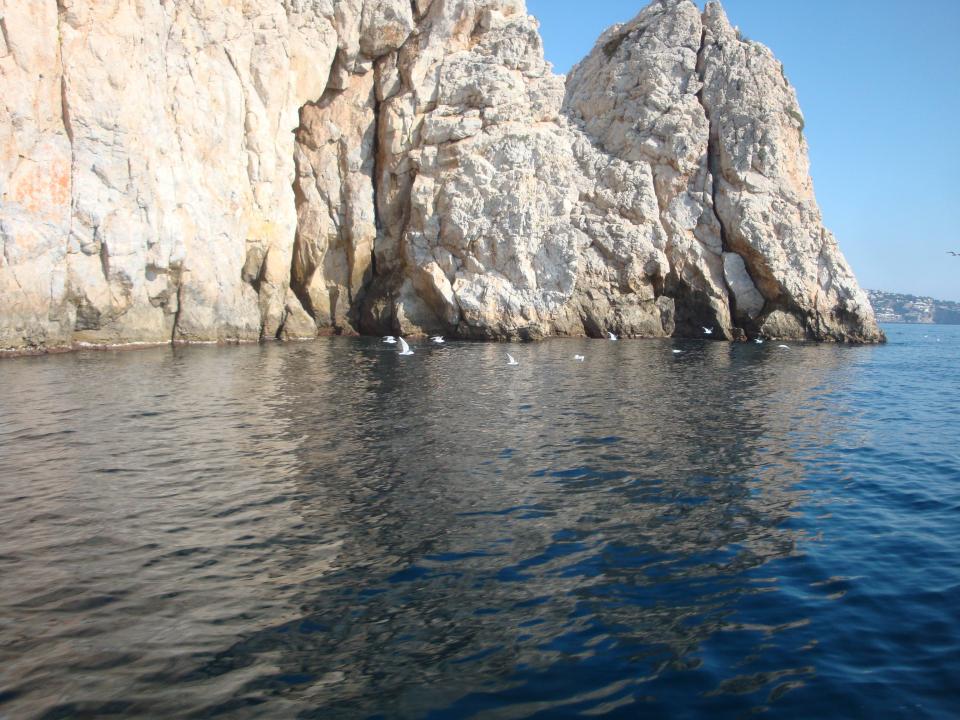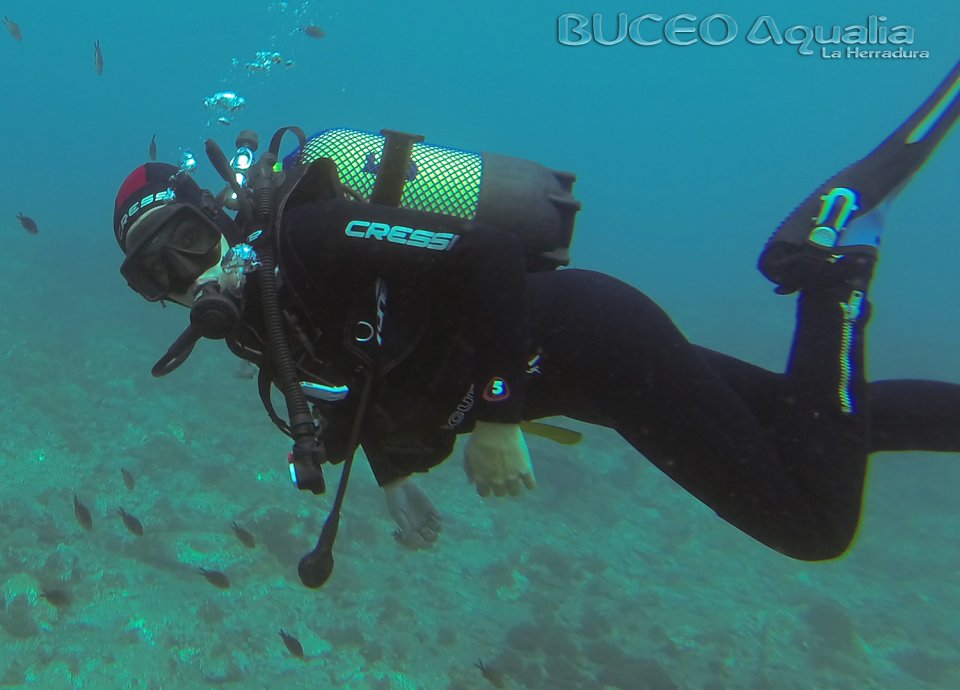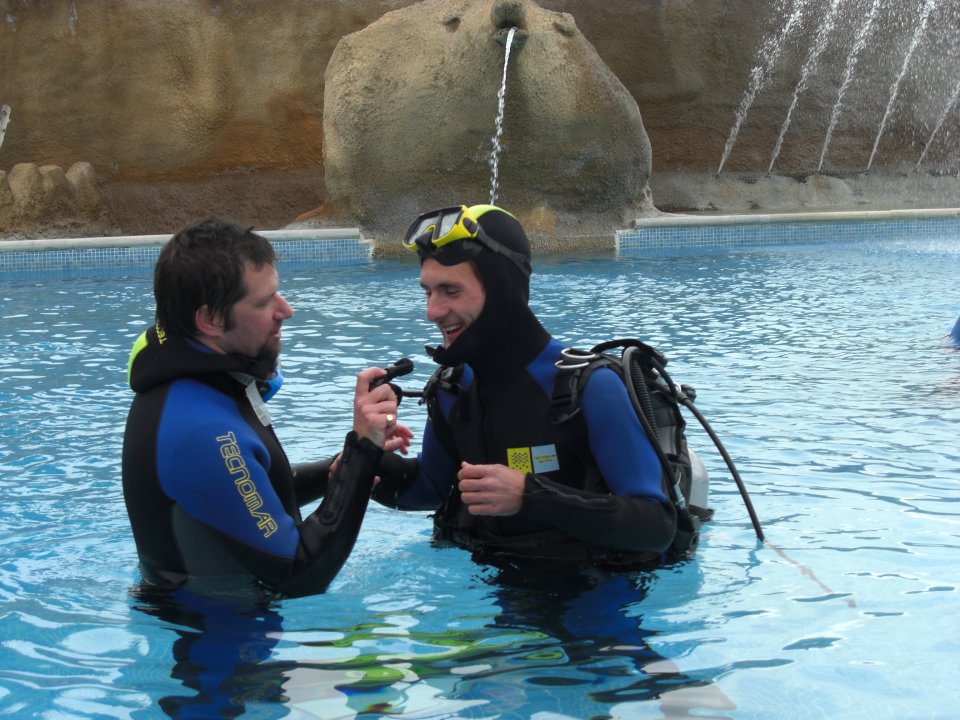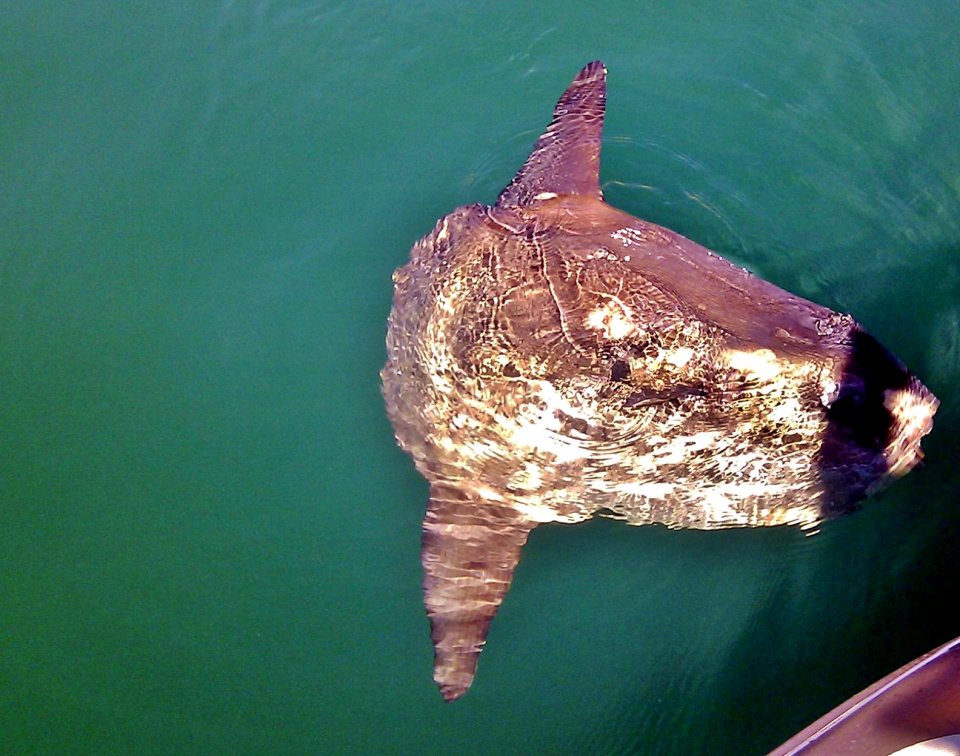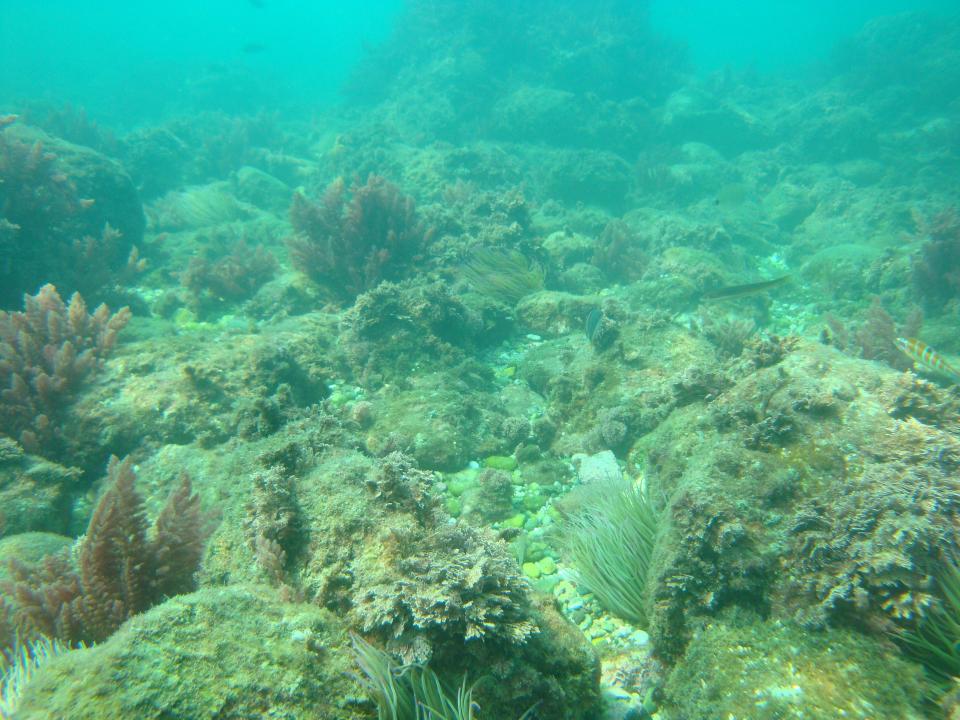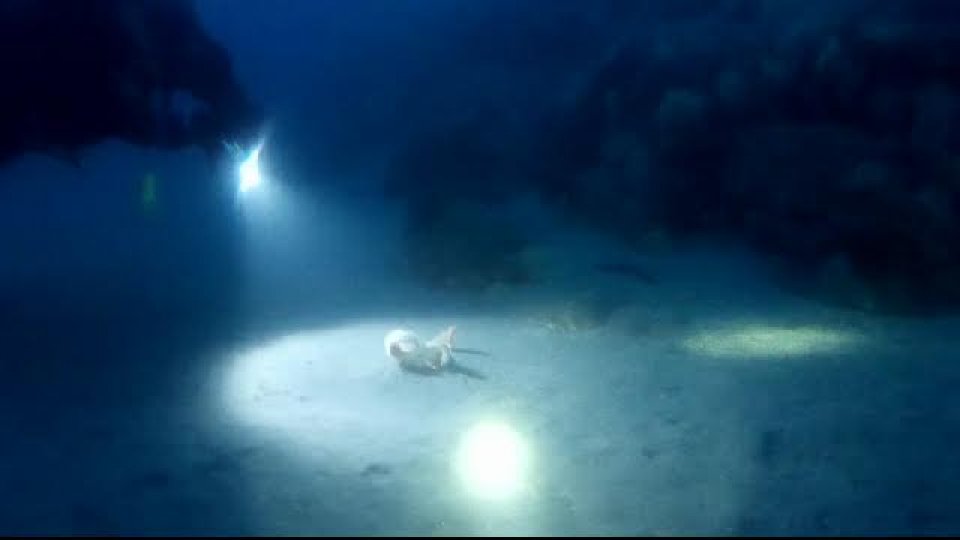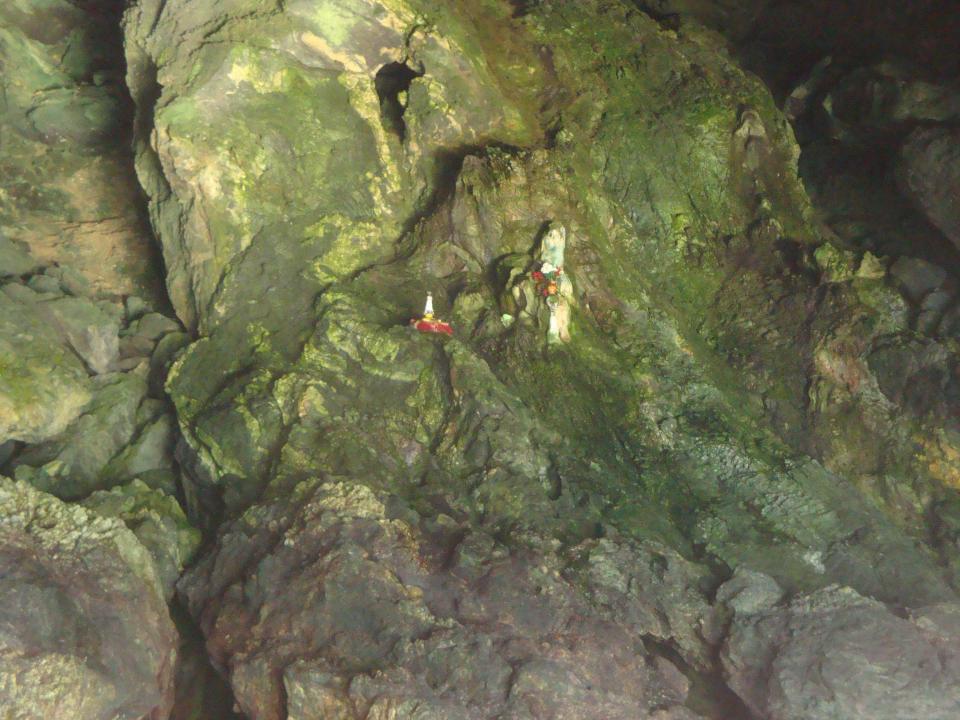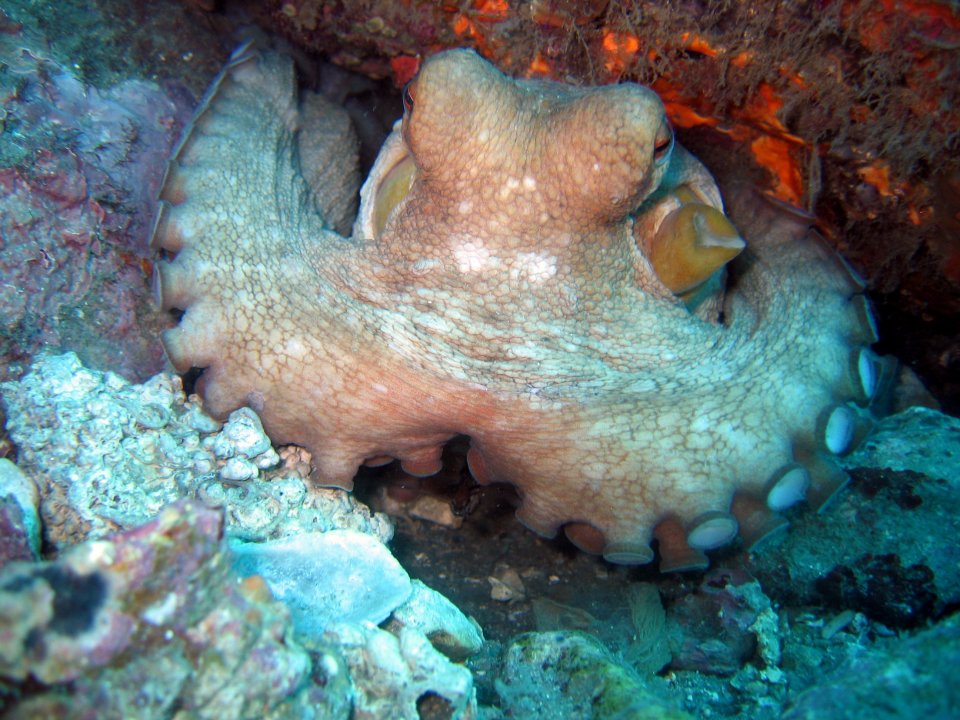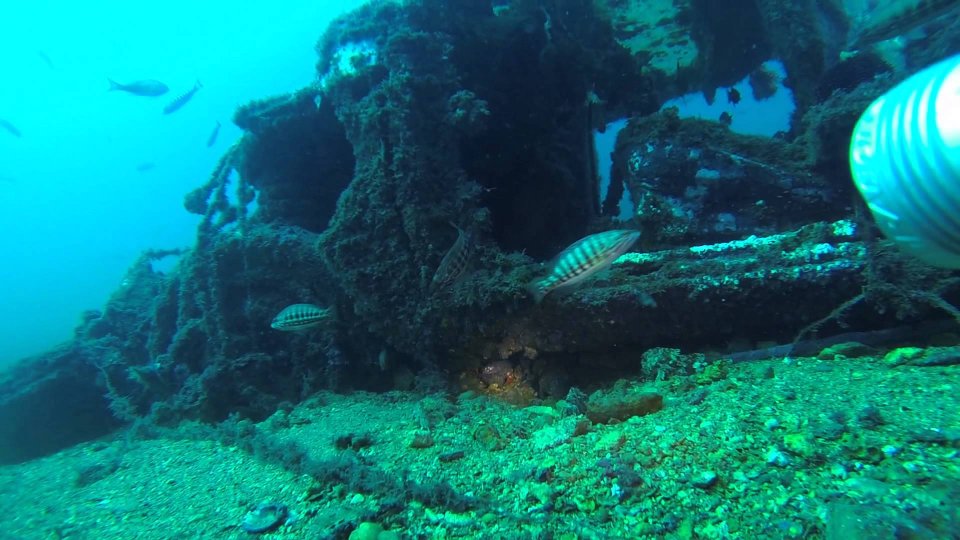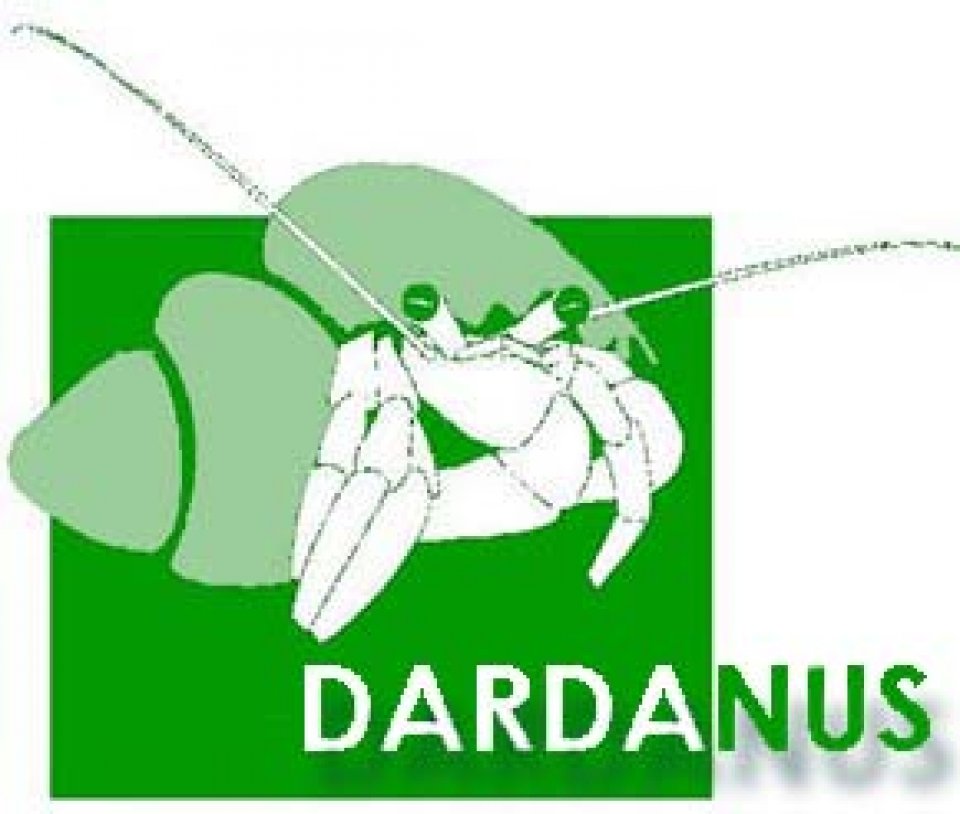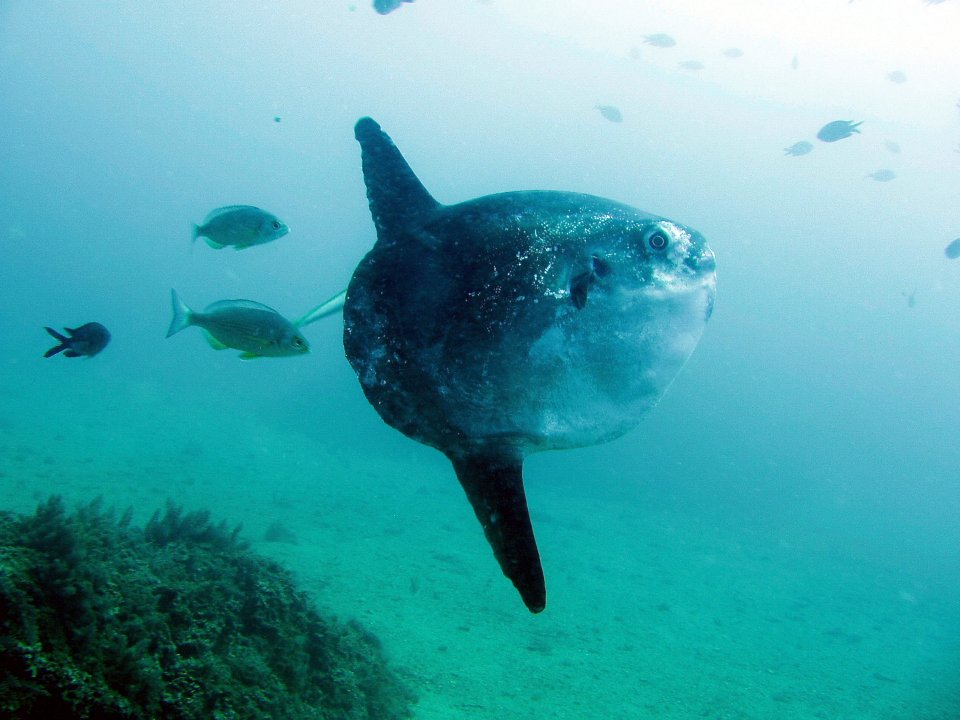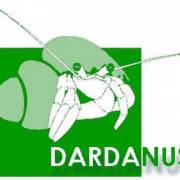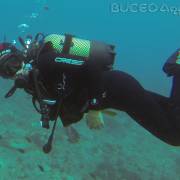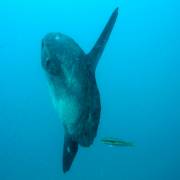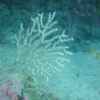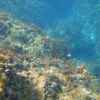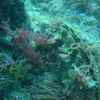Dive in Costa Tropical
Diving in Costa Tropical
If you want to know the beauties of the Spanish coast, you may consider visiting the Natural Marine Reserve of Maro-Cerro Gordo, in the Axarquia area. Nothing compares to this zone and its surroundings when you're in the cities of Malaga or Granada, and the diving here is very good.
The southern coast of Spain is one of the best areas in Europe to dive. Mainly because of its mixture of Mediterranean and Atlantic seawater attracting different kind of fish, inviting you to have the chance to witness the fish migration that occurs here due to the geographical feature of the Strait of Gibraltar. In the neighbor province of Cádiz you may even see tunas, dolphins and even killer whales hunting and preying on each other, if you get in one of the touristy whale watching boats. As you may imagine this whole area has its own taste and it’s different from the others.
The water temperature varies with seasons and currents, so does the visibility. If the easterly winds are the ones prevailing then you will have easterly currents and therefore you’ll find Mediterranean oligotrophic water, meaning that it will be clear water with not much nutrients or microscopic life inside it, being its visibility of up to 40 meters and its temperature varying between 11⁰C in winter to 26⁰C in summer.
If the westerly winds are, in exchange, the ones prevailing then you will find westerly currents and therefore Atlantic eutrophic water will appear, meaning that it will be blurry green water with lots of nutrients, increasing the amount of plankton inside it, being the visibility of 3 to 15 meters and its temperature varying between 13⁰C and 21⁰C depending of the season and the movement of waters.
The life that you may encounter here defines a pretty wide range of marine flora and fauna. Looking for special flora you will find Posidonia (Neptune Grass) patches (a type of sea grass to be considered one of the main sources and habitats of marine life in the Mediterranean Sea) as well as different sorts of sea weeds.
But for sure you will understand why Maro-Cerro Gordo is considered to be a marine jewel once you see the outstanding assets it hides when talking about fauna. In here you will see different types of corals, sea fans, noble pen shells, different types of nudibranchs, huge octopods (octopuses), schools of fish (goatfish, white sea bream, gilt-head sea bream, lithognathus, salps, sea bass, snappers, ornate wrasse, parrot fish, flat fish, anchovies, etc.), common starfish, brittle starfish, cuttlefish, white hakes, blue antimoras, sting rays, electric rays, shrimps, lobsters, squids, moray eels, conger eels, trigger fish, groupers, sea horses, among many others and, if you are lucky, sun fish and eagle rays. All of them will make a perfect picture to the experience of diving in the amazing treasure that is the Marine Natural Reserve of Maro-Cerro Gordo. On your boat trip, you may even encounter dolphins, flying fish and sunfish sun bathing (that’s the reason why they have such an awesome name).
There are more than 25 dive sites showing different features, going from beginner level in the shallower dives that can reach depths from 5 to 20 meters to experienced level in the deeper dives (up to 40 meters) or more difficult, having walls, caves, night dives, (sorry no wrecks). Most of the sites are accessible only by boat, but you will get to see the beauties of the coast from a privileged point of view, that’s why it’s recommended to get to one of the dive centers that are in the nearby villages of Nerja, La Herradura and Marina del Este or if impossible you can also try with the dive centers of the cities of Almuñecar, Torre del Mar, Torrox, Velez Malaga and even Malaga that go there frequently. Besides that, sometimes a special permit is required to dive within the Marine Reserve, making the option of going with a dive center the best you can find.
Currents are not common, but sometimes are present. The visibility can be sometime frustrating if there has been too much freshwater discharge from the rivers or the westerly winds have been present for a while. There are some sea urchins and sometimes you may find blooms of jellyfish, so it’s important to watch where divers place their limbs but there are no other marine animals divers should be scared of as far as they don’t harass or touch them.
The Marine Reserve of Maro-Cerro Gordo is definitely a nice place to dive and to see the magical creatures that the blue planet holds.
By Francisco Javier García Fernández de Valderrama (MSDT Instructor)
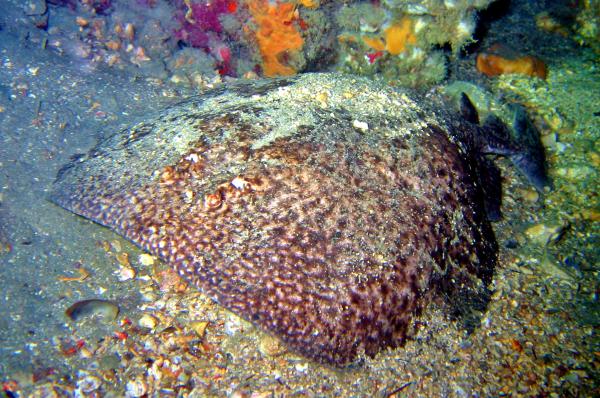
Travel to Costa Tropical
The beautiful area of Axarquia on the western side of Malaga near the boundary of Granada has some of the prettiest villages in Spain, such as Nerja and Frigiliana. Just within the boundary of Malaga and Granada stands the Marine Natural Reserve of Maro-Cerro Gordo, with its beautiful ancient watchtowers, the waterfall, the aqueduct and the steep cliffs featuring an area that will delight your eyesight. It covers a total of 12 km long, 295 inland hectares, and 2 miles offshore zone, where fishing is forbidden since 1989. As you may imagine having such a vast area in these waters is the closest thing you can have to a marine jewel that preserves the marine life.
To get to Maro-Cerro Gordo there are several ways you can choose:
The closest airports are Malaga and Granada, being the former the better option for international flights (low cost airlines fly here for good budget prices). From those cities you can get a bus to the nearest villages or find a dive center in the cities that may go there every now and then.
Train and bus connections are available from the main cities (even high speed trains in the particular case of Malaga) of Barcelona and Madrid going to Malaga and Granada in a daily basis (buses are also available to the villages of La Herradura and Nerja). To get to the nearest villages, and you are likely to go by public and less expensive transport, buses from Granada and Malaga main stations are the best options once you reach this cities.
You can also rent a car or hire a taxi, considering the last one as the most expensive option (it should cost you an amount in between 60€ to 100€, but it’s better to ask first avoiding any possible chance of swindle). You may also want to use your own or private transportation to reach the area, as the highways and roads are in good condition. It’s only 60 km away from Malaga and 100 km from Granada.
The Maro-Cerro Gordo experience is one that deserves its time and the option of going with a dive center is recommended to get the best out of it. After diving you can always enjoy the other suggestions this place offer having a wide range of gastronomy offers and highlights one may consider visiting for a better taste of the experience.
To summarize we consider Maro-Cerro Gordo one of the jewels of the Southern Coast of Spain and it definitely worth a try. Once you try it you may be charm for all the options you may find and become one of the hundreds of divers that visits the beauties of this coast year after year.
By Francisco Javier García Fernández de Valderrama (MSDT Instructor)
